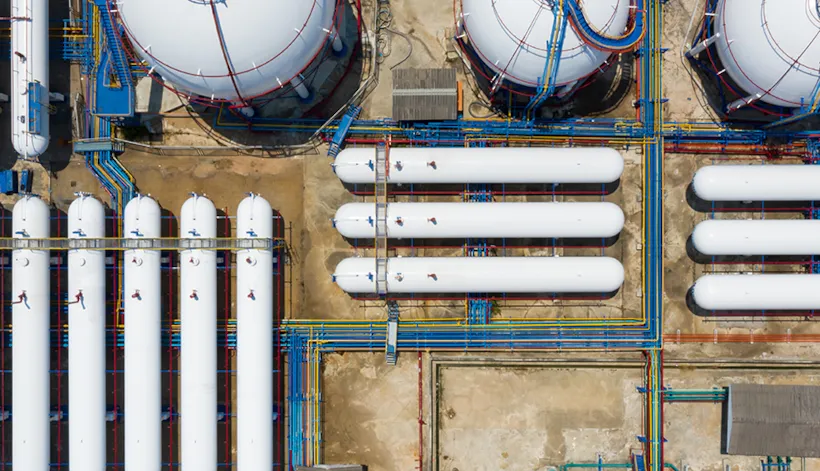Our ETO identifies a growth of hydrogen and hydrogen-based energy carriers. We therefore expect an increasing activity related to technology development and qualification, development of standards and guidelines, and explorations around how to integrate hydrogen into the energy system.
The Low Carbon Technology group explore the future of large-scale hydrogen value chains, by collecting relevant data and performing technical-economical modelling to assess attractiveness of different alternatives, including risk and uncertainty. To ensure sustainable growth of hydrogen and hydrogen-based energy carriers it will be crucial to develop methods and tools enabling supply of hydrogen that is safe, has a low carbon footprint and is cost competitive.
Through electrification, hydrogen and synthetic fuel use, sectors are directly and indirectly coupled. Sector coupling will also mean energy markets coupling and infrastructure coupling, creating both new risks and opportunities. DNV is traditionally strong in energy infrastructures and complex systems. This is the starting point for taking positions in a sector-coupled world.
Our current project portfolio includes:
• Hydrogen certification
• Assessment tool for hydrogen transport and storage
• Integration of green hydrogen in the energy system
• Standard for hydrogen storage

Hydrogen Forecast to 2050

Blue Hydrogen in a Low-Carbon Energy Future
